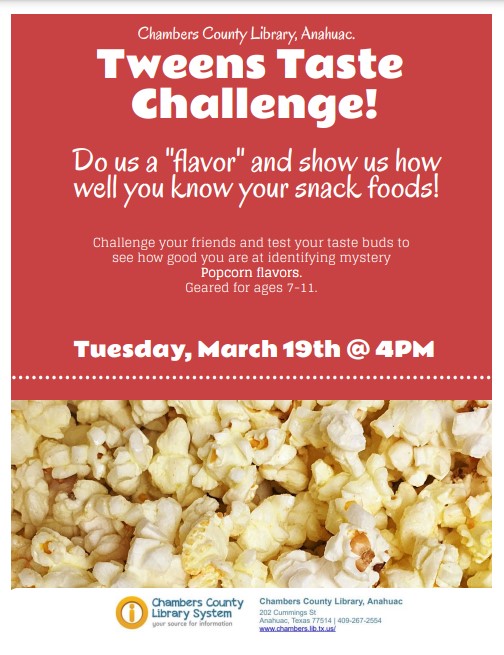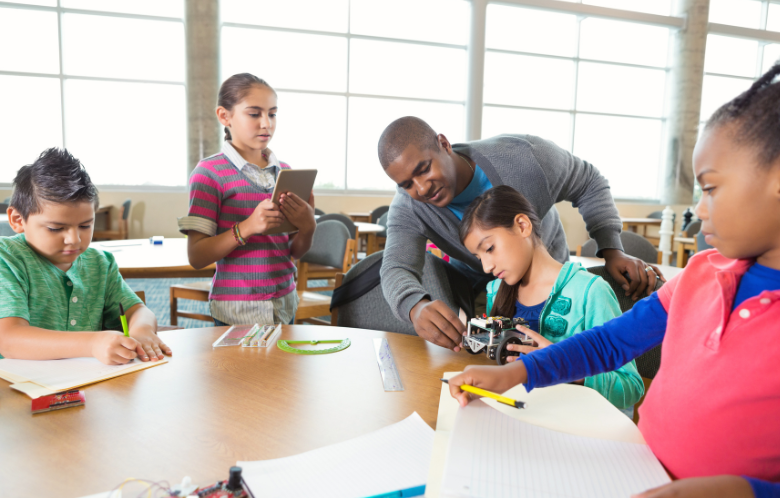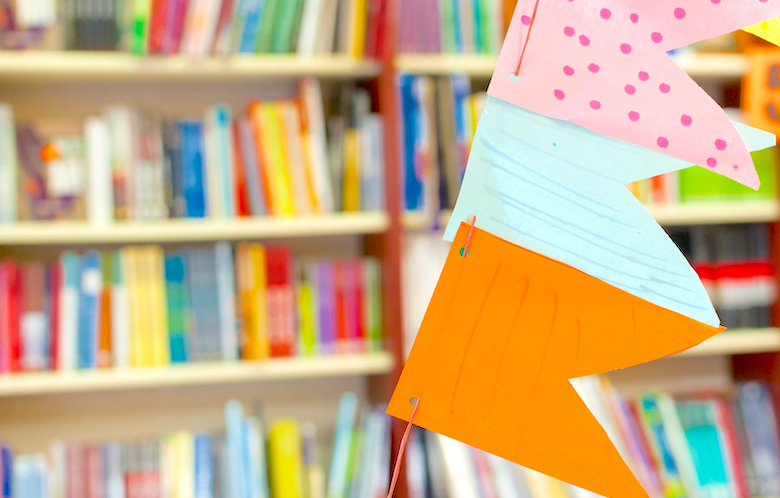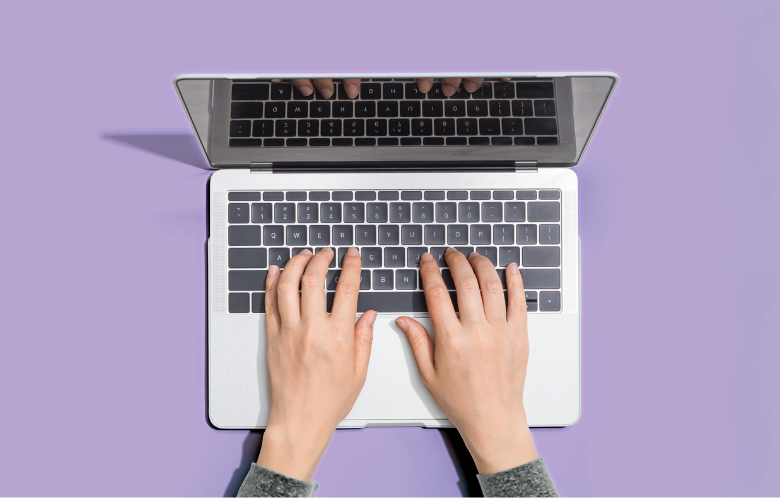Libraries have the best programs — and they deserve the best promotion. Read on for some tips on promotion strategy for programs of all kinds.
Equipment you’ll need (aka questions to ask first)
What type of event are you promoting? Is the program weekly or annual? Is registration required? Is it come-as-you-are or fancy, like a gala? Is it a program that the community is already familiar with, or has no one ever heard of it before? How much time and effort will it take your staff to run this program?
At one end of the spectrum, a weekly program that staff can run with their eyes closed, and that the community is well acquainted with, probably doesn’t need much promotion. These are the established programs that are consistently successful, otherwise, the staff wouldn’t bother running them anymore. However, at the other end of the spectrum, if the program is a big new annual program requiring registration, which takes a lot of staff time and effort to coordinate and run, then you’ll want to spend a lot of time on promotion. Those fancy fundraising galas won’t sell themselves.
Who’s your audience? Always consider your audience as you plan how you’ll promote your events. The tactics your library uses to reach your senior population may be somewhat different from the ways you reach your young adults.
How much notice do attendees need to have? With a regular, weekly program, you’re not going to have to give more than a month’s notice. If registration is required or attendees need time to get something ready (think projects for a Science Fair or finding a fancy outfit for a gala), then you’re going to need to be ready for promotion months in advance.
Ingredient #1: Co-workers
Who can help coordinate promotions for your event? Do you need a team from a single department? Multiple departments?
For the best results, have a diverse selection of people on your planning committee. Find those with the skills needed and those with the best understanding of different demographics in your community.
Ingredient #2: Choose your channels of promotion
Channels refer to the different places you can get the word out, whether online or in real life. (Tip: LibraryAware has everything you need to promote your events, both digitally and in print!)
Website
Your website is where people expect to find information, so create graphics to advertise the event on appropriate pages. The homepage is usually the most viewed page on a website, and it’s there that you can find new audiences. Make a fun, fresh graphic and post it somewhere on the top half of the page. The farther someone must scroll to see it, the less likely anyone will actually find it. For a great example, check out Essa Public Library. Their homepage carousel is made up entirely of graphics created in LibraryAware.
Additionally, you should always plan to put the event on your online calendar and insert any registration requirements. Speaking of calendars...
Print promotions
The event sign and poster are never going away. Neither are print calendars or bookmarks or handout flyers. Create an attractive, cohesive look for your event. Use the same imagery in your digital promotions for a “branded” experience for your event.
Place your signage where people will see it, like at checkout or on an events bulletin board. But you can get creative with signage placement, too. Laminate signage and hang it from the ceiling with fishing line.

Pro tips:
- QR codes are especially helpful if registration is required for your event.
- Never underestimate good ol’ sidewalk chalk. Find someone with some artistic skill (or a willing spirit) to advertise your event on the sidewalks around your library. Nothing gets attention like colorful chalk on the pavement right outside your doors.
Email, email, email
Email remains the single best way to reach people directly. Include your event in program newsletters and consider sending one-off emails that are only for your event. For major events, send out an email a month beforehand, and another a week before. For weekly programs, promotion in your monthly program newsletter is the best strategy.
Get familiar with your email lists and have an awareness of the lists managed by other departments (if applicable). People who registered for a specific past event would probably be interested in attending the next one on the same subject — let them know it’s coming again!
Depending on your event, you could also make the email more fun for your subscribers by including related book recommendations. Doing a pottery program? Include book recs for beginner and advanced pottery nonfiction or find a fun pottery-related fiction title.
Social media
Fun posts for event promotion include behind-the-scenes “teaser” posts of event planning. Show off some of the work your staff does to get ready! Do you have a library staffer who sets up fantastic storytime crafts? Get a quick video on your phone of them divvying out pom poms and googly eyes for their next program. Holding a fundraiser? Take pics of staff getting the silent auction baskets ready and get people excited to start bidding. Make sure to include a link to the registration page on your social posts to make sign-up easy and include a fun graphic with the same look as your print and email promotions.
P.S. Creating everything in LibraryAware makes it easier to create that branded event promotion experience! Check out this Facebook program promotion from College Grove Community Branch Library.
Ingredient #3: Leveraging word-of-mouth
Nothing is stronger than a word-of-mouth recommendation. Someone saying they “liked something” is a form of social proof and is considered more trustworthy than anything put out by an organization.
- Encourage regular, enthusiastic patrons to talk about their favorite programs with their local friends and family. Tell them they can invite friends, where applicable.
- Take advantage of your booth at that community resource fair to ask people to write their favorite programs on a post-it note and stick it to the board you brought. (Get event newsletter sign-ups while you’re there!)
- Working with an influencer is a scary idea for anyone who’s never done it before (and still is for those doing it), but the influencer doesn’t have to be someone famous worldwide. Find local subject matter experts or big local names to help share your event info on their networks. Try sending them a "mystery box" or fun swag to build curiosity.
- Use social media to ask your community what their favorite programs are and why! Their comments will be good for awareness, and then you can ask to use their testimonials elsewhere.
Ingredient #4: Thinking outside the box
Color outside the lines! Here are some promotion ideas we think are cool:
- Build a playlist on Spotify for your event and set a mood! Share it on social media for fun. You could even ask people to suggest songs for it, even if it doesn’t mean anything.
- Ask community leaders to promote the event for you in front of audiences that you don’t have normal access to, such as village or city councils. It’s a more serious venue, but that might fit the bill for your event, too.
Getting the meal on the table
Event promotion can be as simple as a single email or as big as a year-long campaign of something on every channel. LibraryAware has everything you need to promote your library’s programs and events, including a series of campaign guides for promoting storytime and summer reading. What’s most important is that you’re bringing your community to the table to enjoy time at the library.
Leigh Gaddy is the Lead/Demand Generation Specialist for NoveList. She is reading Iron Gold by Pierce Brown.



